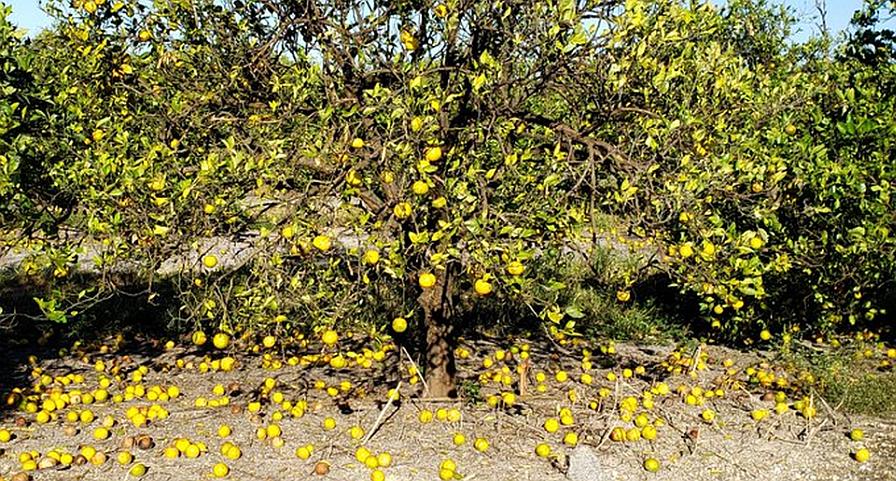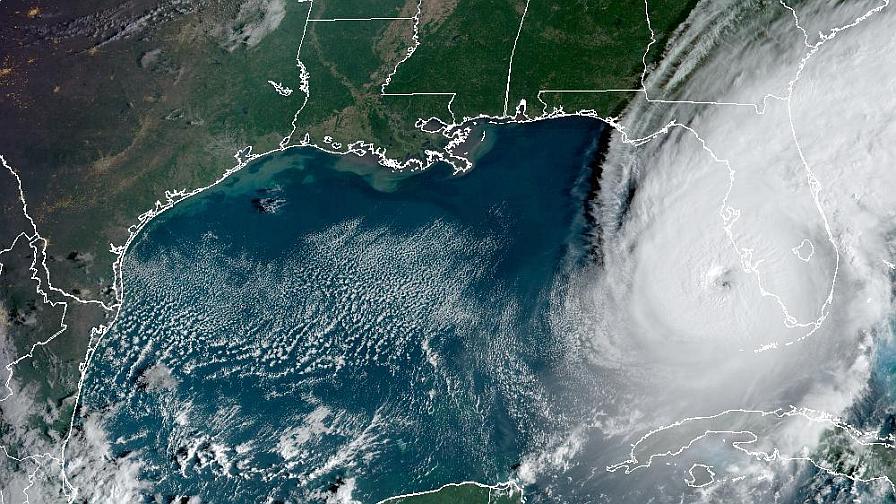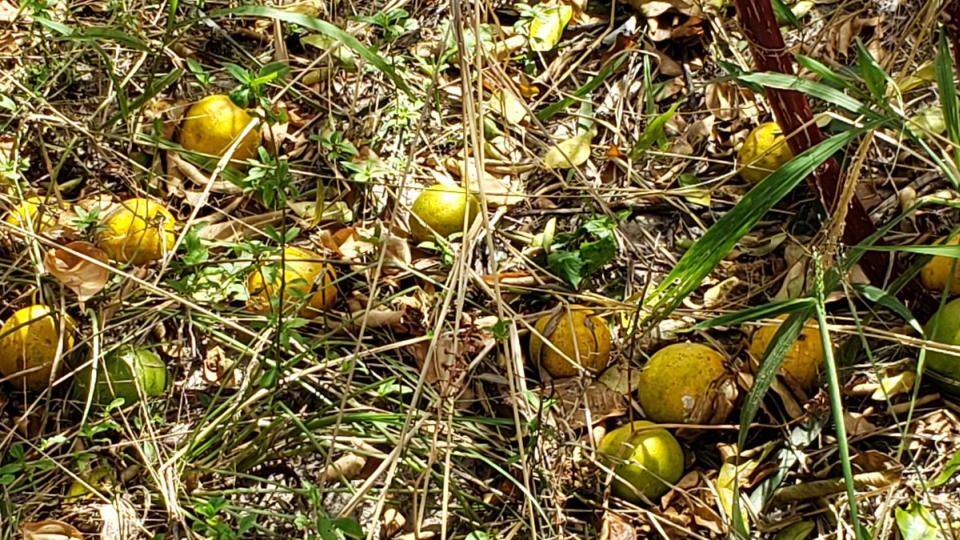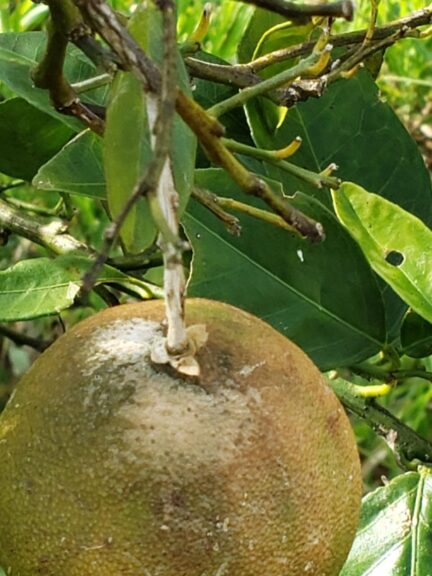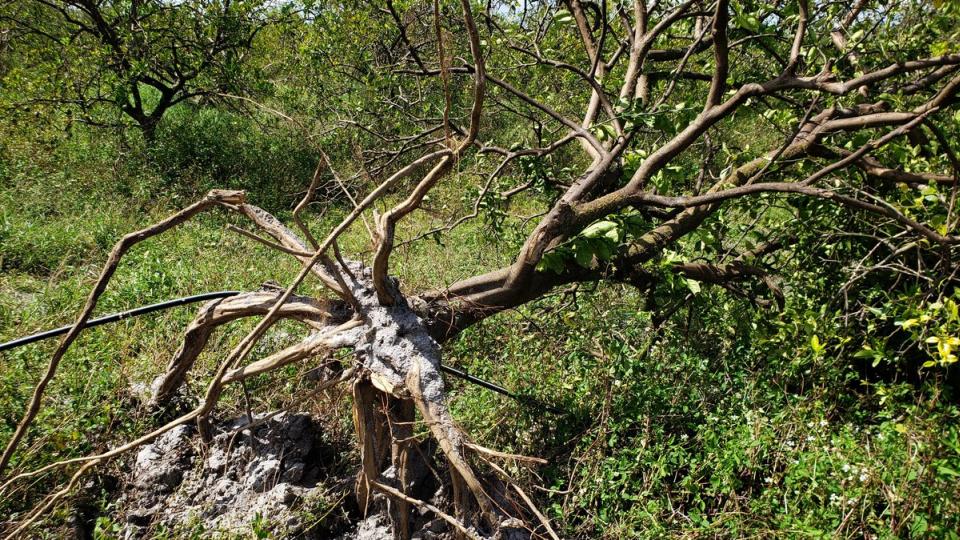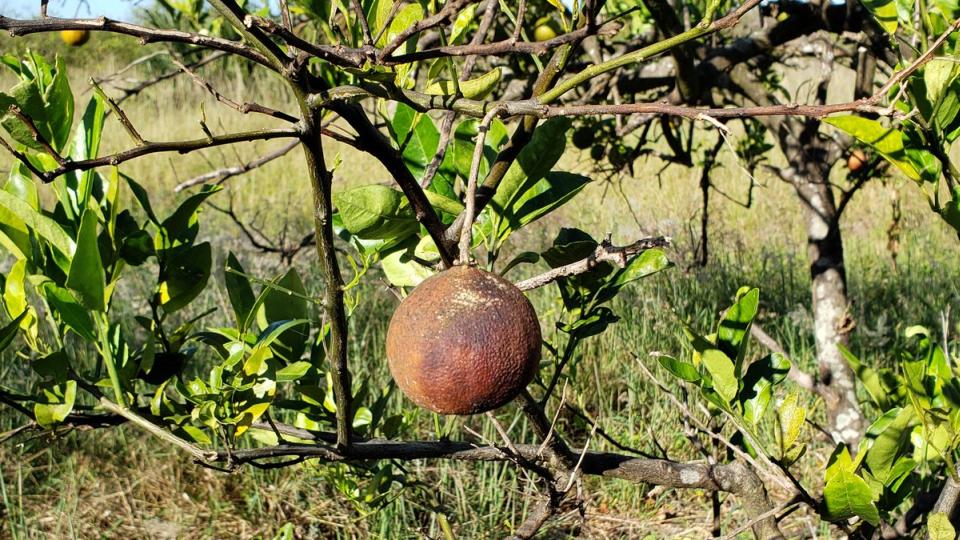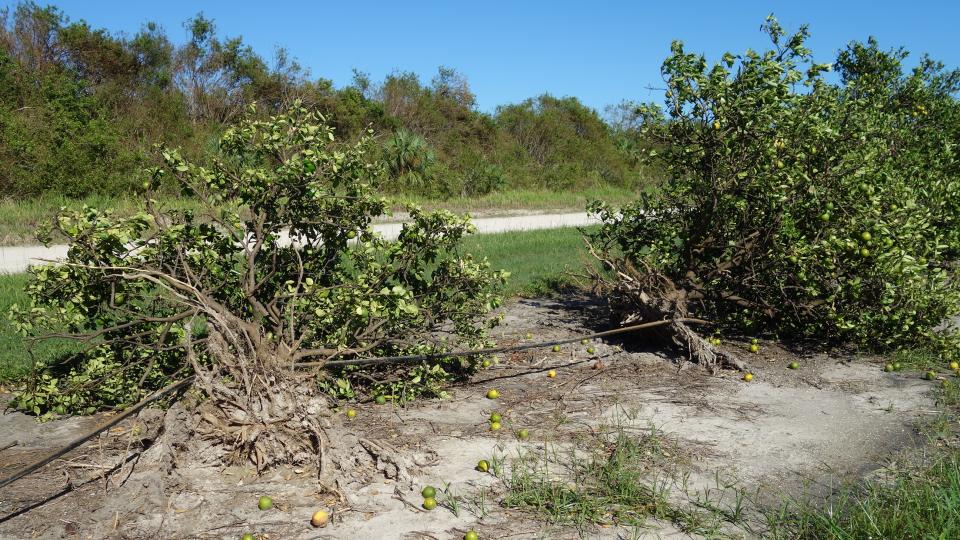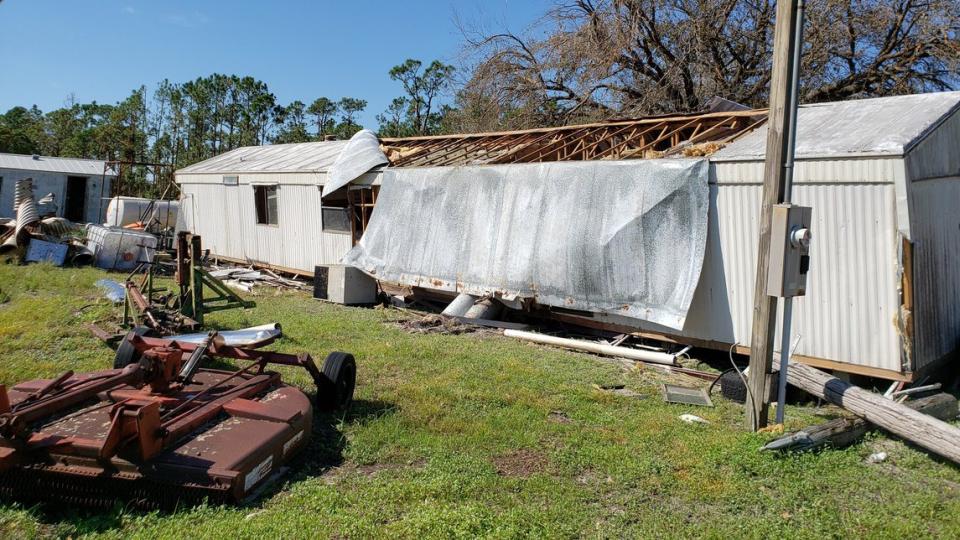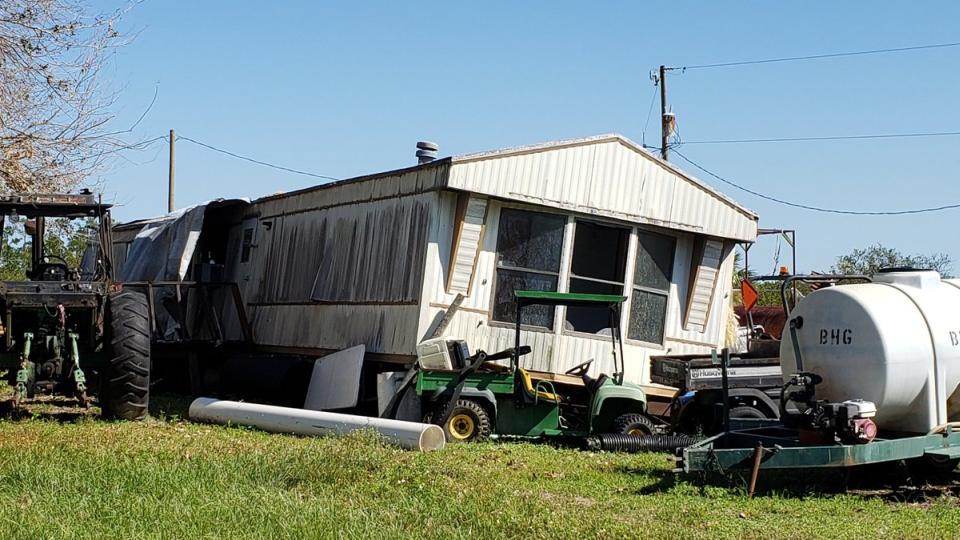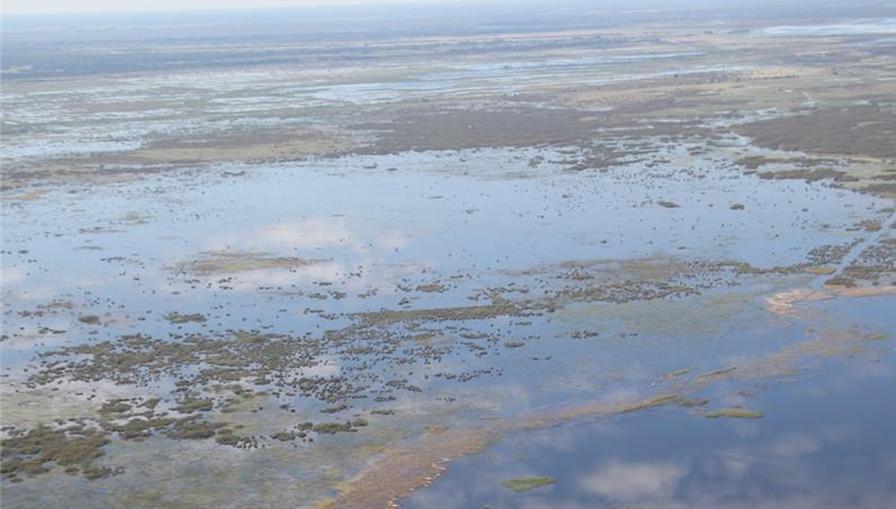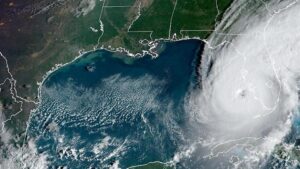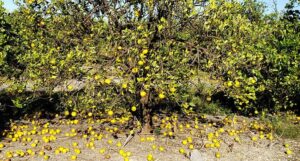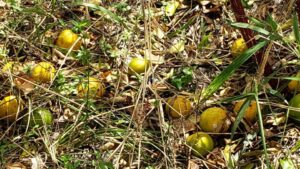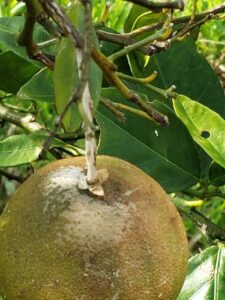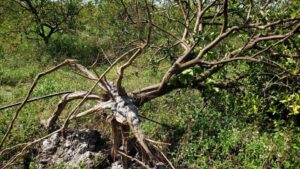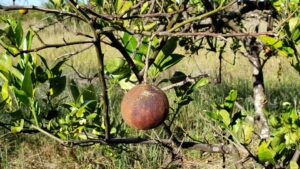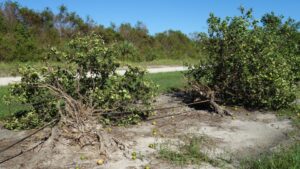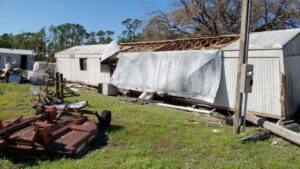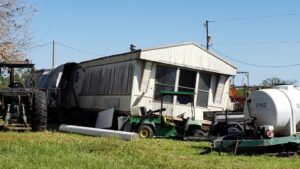Potential Fallout from Hurricane Ian on Florida Ag? $2 Billion Price Tag in Play
Hurricane Ian took a huge swipe at Florida’s agriculture industry as it tore across the peninsula. But just how big of a swipe was it? University of Florida economists are figuring out damages and for now are predicting the combination of seasonal crops, livestock, nursery and aquaculture products potentially lost as a result of the Category 4 storm will likely be valued between $787 million and $1.56 billion.
The estimate was released as part of a new document, “Preliminary Assessment of Agricultural Losses and Damages resulting from Hurricane Ian,” authored by the UF/IFAS Economic Impact Analysis Program.
“Even though the coast – an area with comparatively less agricultural production than inland areas – bore some of the worst impacts of the storm, the strong winds and heavy rains battered a wide swath of the peninsula that includes more than 5 million acres of agricultural land,” says Christa Court, Director of the program and Assistant Professor in the UF/IFAS Food and Resource Economics Department. “This estimate only accounts for production losses, or changes in expected revenues for the current calendar or market year; citrus, for example, had not yet begun harvesting, and some fall vegetables, like tomatoes and peppers, were already planted.”
Some commodities were already looking at lower expected production due to a hard freeze event in January that affected much of the same acreage, she adds.
“Southwest counties that got hit the hardest by Hurricane Ian have remained in rescue and recovery mode; we anticipate our assessments will not be complete for several weeks,” Court says. “Our preliminary estimate is a range, a wide range, to account for many of these unknowns. What isn’t destroyed might have diminished yield or quality, which will not be apparent for weeks or months, and then even more effects can appear in the long-term.”
Despite heavy flooding prohibiting full assessments of some fields, the researchers collected some visual assessments that indicate what those larger impacts may be. Among their predictions:
- Citrus crops are expected to sustain significant production losses ($147 million to $304 million), depending on the level of fruit drop, damage to branches, and impacts due to heavy precipitation and flooding.
- Vegetables and melons are expected to sustain significant production losses ($208 million to $394 million), with impacts heavily dependent on the ability (or inability) to replant damaged or destroyed crops.
- Livestock operations (beef and dairy cattle, horses, apiculture, etc.) and producers of animal products (milk, eggs, honey) are expected to suffer losses ($113 million to $222 million) due to damaged fencing, power outages and flooding.
RELATED CONTENT:
- Vegetable Plantings Swamped by Hurricane Ian? Here Is Some Guidance for Reducing Loss
- What Florida Citrus Growers Can Do To Help Save Groves After Hurricane Ian
- How To Handle Blueberry Crop Damage Assessments After the Storm
The UF/IFAS Economic Impact Analysis Program conducts assessments after any event that disrupts the standard operations of Florida’s agriculture industry; usually, the surveys are deployed after natural disasters like hurricanes, floods, and freezes. More recently, assessments have included impacts from the COVID-19 pandemic.
To assist with the preliminary analysis, the UF/IFAS Economic Impact Analysis Program used data from multiple sources, in addition to its previous post-storm assessments. The National Hurricane Center’s imagery of the storm was combined with geospatial data from the Florida Department of Agriculture and Consumer Services (FDACS) and information from USDA’s National Agricultural Statistics Service on croplands in the area, including the seasonal planting and harvest times.
The researchers then used additional information from USDA’s Census of Agriculture, Ask IFAS, and FEMA. Once the impacted agricultural acreages were determined, the team used a five-year average for value per acre of each commodity group to estimate the total “at-risk” production value across affected acres. The total value of all the croplands that saw tropical storm or hurricane conditions topped $8.1 billion.
In response to the economic assessment, Florida Agriculture Commissioner Nikki Fried released the following statement: “After speaking with producers and seeing the devastation of Hurricane Ian firsthand, I am saddened, but not surprised by the estimated cost of this storm. The impact on Florida’s affected commodities cannot be understated, especially the heartbreaking damage to Florida citrus, an industry already facing significant challenges. This assessment, along with our own internal evaluation, is the first step in the rebuilding process and my department will continue to work with state and federal partners to support our producers throughout the recovery process.”
FDACS released its own preliminary damage assessment for agriculture following Hurricane Ian. Its assessment for considered losses to agriculture production and infrastructure is estimated between $1,180,714,303 and $1,888,305,886. The upper range of the estimate exceeds UF/IFAS’ report released a week prior. According to FDACS, it also factored citrus tree replacement, animal infrastructure damages, and forestry for a potential loss.
Even with comparison data available to the research team, analyzing Hurricane Ian’s impacts remains complicated, as the preliminary assessment notes. It made landfall not far from 2017’s Hurricane Irma, but it cut across toward the east coast, rather than north through the entire peninsula. More importantly, Ian was a more powerful storm, bringing hurricane-strength (74 mph to 156 mph) winds to nearly 1.2 million acres of agricultural lands.
“Our goal is to provide a rapid assessment on a credible range of the potential losses associated with Hurricane Ian,” Court adds. “As assessments are still ongoing, it’s not possible to narrow the range further at this time or to provide estimates for specific crops or commodities.”
Court says the survey will remain open for an undefined amount of time. The program will release a full report once analyses are completed.




